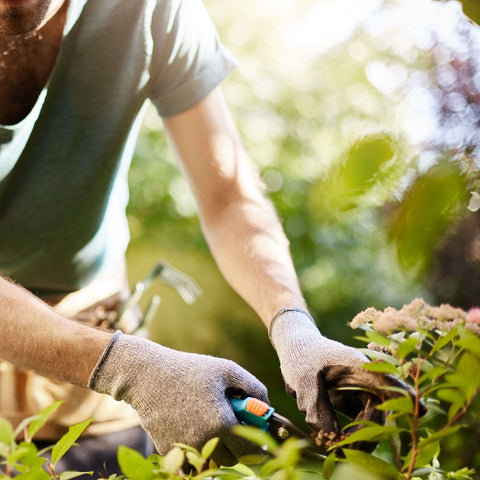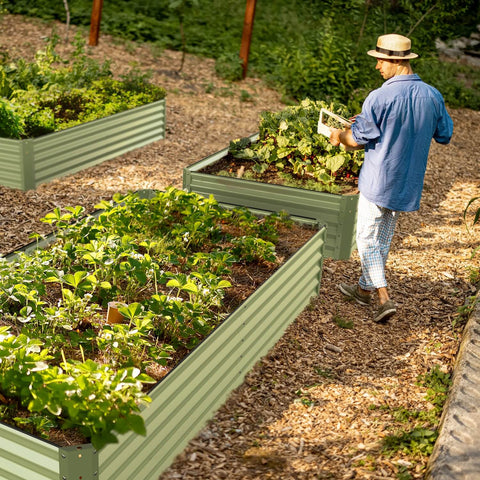Use these techniques to make wise choices from seed catalogs and garden stores, and you will soon harvest a large amount of vegetables.The following content also has some reference value for raised garden beds.
A bag of fresh seeds makes people feel full of the possibility of the upcoming growing season. There are many exciting vegetables, herbs, and even edible flowers to try, and flipping through the seed catalog will make you feel like a child in a candy story. However, it's easy to go too far and end up with more seeds than you really need, or those that are actually not very good in your garden. You can avoid these traps by remembering which seeds are most suitable for your needs and when to obtain them, so that you can start planting at the right time.

1. Winter is the best time to buy seeds
Many plants in the garden can be planted from seeds when it is still cold and snowy outside. Of course, the trick is to sow indoors and then transplant it into the garden after the soil warms up again in spring. Plants in cool weather, such as cabbage and broccoli, particularly benefit from the indoor jump start, which gives them the opportunity to bloom and produce crops before the hot summer closes. Warm season crops such as tomatoes and sweet peppers can also be planted under growth lights and transferred to the garden after the frost free season in your area, which will bring you earlier and longer harvests. Planting lights can be as simple as fluorescent lights hanging a few inches on a seed tray.
2. Consider your space
When deciding which seed to purchase, figuring out how much planting space you have will help you narrow down your selection range. If you have a small garden, you may want to avoid occupying space with vegetables such as sweet corn, pumpkin, or pumpkin. On the contrary, attention should be paid to vegetables with higher yields and compactness, such as salad vegetables, radishes, shrub beans, and chili peppers. Some vegetables have space saving varieties (such as certain tomatoes and uncertain tomatoes), which can help you maximize the use of every inch of growth space you have.
3. Pay attention to favorite varieties
When selecting vegetable seeds for planting, think about the agricultural products that your family loves the most. If you like spicy food, try planting some chili peppers instead of just sweet ones. If you are an eggplant enthusiast, you can try an unusual variety, such as the small "apple green" with green skin and a more standard purple variety.
The time required for vegetable varieties to mature varies, so you also need to make the choice that best suits your climate. Firstly, check the "harvest days" information on the seed package and calculate whether your growing season is long enough to fit the crop you want to plant. If you live in a northern climate with a shorter growing season, please pay attention to garden seed varieties with faster maturity to ensure harvest before frost. In the south, it is easier to plant plants that require longer periods of hot weather, such as okra.
4. Think about Pollinators
A vegetable garden isn't complete without adding some flower seeds in the mix! Not only do they add welcome color, they help attract pollinators that can improve the yield from several types of crops such as squash. Many annual flowers such as zinnia, African marigold, nasturtium, and sunflower are easy and quick to grow from seeds sown directly in the garden after your last frost date.

5. Keep Diseases at Bay
When shopping for vegetable seeds, look for disease-resistant varieties, especially if you've had problems in your garden previously. For example, when purchasing tomato seeds, look for varieties with VFN names after their names. This means that the variety is able to resist the verticillium wilt and fusarium wilt diseases that typically plague tomatoes, as well as damage from soil nematode








